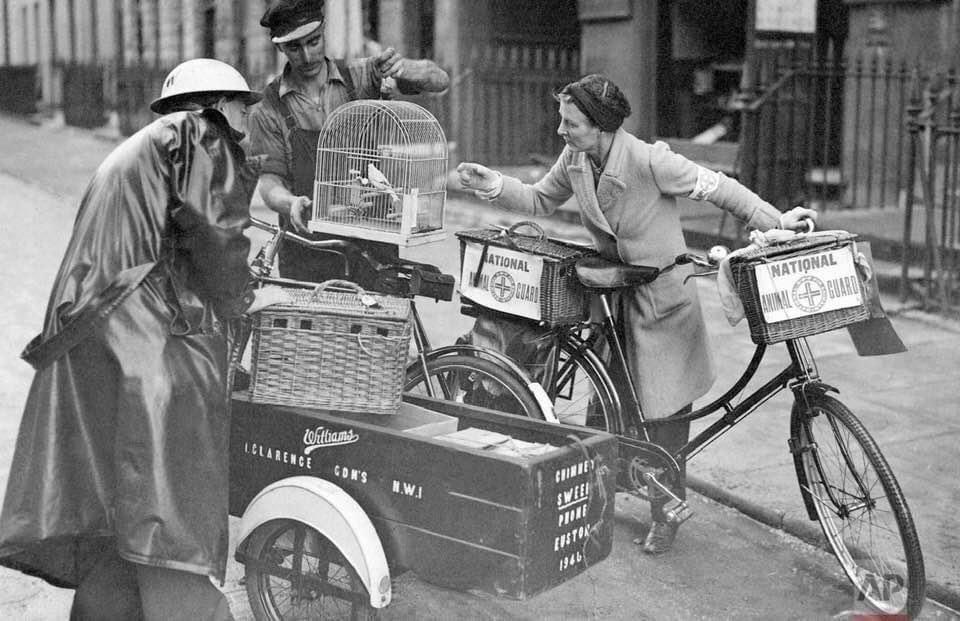
The National Air Raid Precautions Animals Committee (NARPAC) was created just before the outbreak of WW2 to provide information to the general public about animal protection during air raids both for pets, farm and working animals.
The committee had representatives from various animal charities such as the People’s Dispensary for Sick Animals (PDSA) and the Royal Society for the Prevention of Cruelty to Animals (RSPCA) and was organised and run through the Home Office’s Air Raid Precautions Department.
Local NARPAC groups organised a register of animals within their area and registered pets were issued a numbered collar. Any animal lost during an air raid could then be hopefully reunited with their owner.
Within the NARPAC structure were locally-based Animal Guards, volunteers mainly responsible for registering animals. They were managed by a Chief Guard with District Organisers above that.
The Animal Service looked after farm and working animals via Animal Stewards. Qualified veterinary surgeons also worked for NARPAC. Members of the Animal Guard were identified by the wearing of a lapel badge and armband. The NARPAC symbol was also used on helmets and vehicles.








